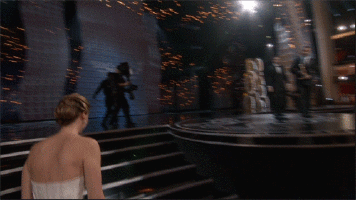By Dr. Rhonda Cowern, DPT
Falls happen for several reasons with the most obvious culprit being: slower reaction time. Other risk factors for falls include: changes in vision and hearing. I will explain the three systems our body uses daily to maintain balance while we sit, walk, drive, and exercise, but first let me define a fall. A fall is any loss of balance that you are unable to recover from and need assistance from furniture or other objects to regain your balance. Meaning if you were walking to the couch and you tripped and had to use the coffee table to get back up (even if you didn’t get hurt), that is considered a fall. Often these little mishaps go unnoticed by ourselves or caregivers but they are an indication that one of our “three” balance systems has failed us.
Physical Therapists (PTs) are trained in screening for fall risk and isolation of the “three” body systems to determine if one or all three need rehabilitation. Some degeneration or loss to these systems is permanent but rehabilitation to accommodate these losses can improve your safety and quality of life.
What are the “three” systems?
1. Hearing (Vestibular System)
2. Touch (Somatic Senses)
3. Visual Sensory System
How does hearing effect my balance? During a balance screening your physical therapist can explain in more detail what the hearing (vestibular system) is, for now let me point out some basic information. Inside our ear are three fluid filled semi-circular canals, each canal senses motion from a specific direction. For example, while you are sitting reading this paper your brain is receiving information that your head is tilting down to read the entire page…without even realizing it, muscles that help with upright sitting posture are firing to maintain safe upright sitting balance. If there is a flaw in this system, you may be more prone to falls when you turn to look at something or someone as you are walking.
The second system is touch (somatic senses). This is how we receive information from our feet. Meaning, when you are standing your feet send sensory information about the type of surface you are standing on to your brain. The brain sends signals to the muscles in your legs, ankles, and feet to correct any unbalance. As we age, normal motion in our ankles often decreases (stiffens) and this slows down our reaction time from a loss of balance. A PT can screen for this deficit and prepare a rehabilitation program to improve your ankle range of motion or teach you strategies to combat your somatic sensory limits. Additional health issues, like type II diabetes, can also effect somatic sensory feedback in your feet and can change your ability to balance.
The third system I mentioned was vision. As we age, we lose far or near sightedness which affects our ability to judge obstacles in our path like throw rugs. Reversing vision loss is not a PT’s job, but we can improve the other two systems I mentioned and greatly decrease your risk for falls. I conduct fall and balance screening at Moab Physical Therapy and will design personal rehabilitation programs to decrease your risk of injury from a preventable fall.
Please call for an appointment: 435-210-1985 or stop by & pick up a Fall and Balance questionnaire to assess your risk!
Additional questions can be sent to the author via email: info@moabphysicaltherapy.com
Leave a Reply
You must be logged in to post a comment.